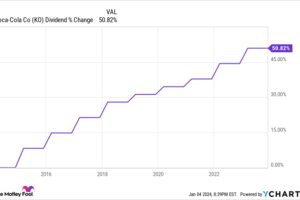
It’s hard to think of any big, important enterprise—now or ever—more reviled by investors than American Airlines. At present, its stock is languishing at around the same, super-depressed levels as when the world’s fleets sat grounded during the depths of the COVID crisis. Since peaking in early 2018, American’s shares have dropped roughly 90%, crushing its market capitalization to a puny $7.1 billion as of October 27, a figure so shrunken that this iconic name now sputters as only as America’s 478th most valuable public enterprise. Put simply, the funds and folks that drive the equity markets hold an incredibly grave view of American’s future, a take so dour that it gives new meaning to the term “diminished expectations.”
To be sure, investors are now far more pessimistic on the future for all the major airlines than before COVID lowered the hammer. Starting in March of this year, stocks of the Big Four—American, Delta, United and Southwest—staged a strong comeback, raising hopes that at long last, they’d durably break from their three year funk. The lever: A spring and summer surge in “revenge” travel swelled bookings to numbers even exceeding the excellent 2019 volumes.
The bounce proved short-lived. By July, share prices started a synchronized swoon that’s barely abated. Hardest hit in the recent downturn are American and Southwest. As of the market close on October 27, both have dropped around 38% since the start of July. Delta and United have suffered slightly lesser declines, and are still hovering more than 10% above their lows when the outbreak struck, while Southwest, hurt by outdated systems that undermined its traditional reliability, is selling even farther below its pandemic bottoms than American. For all of the Big Four, shares are now trading at 2012 to 2013 prices.
Assessing the big fall since July that killed budding comeback
Two negatives account for the sudden retreat, says Savi Syth of Raymond James. The first is the 40% June to September run-up in jet fuel, a line item that even before the jump accounted for around one-fourth of…
..






